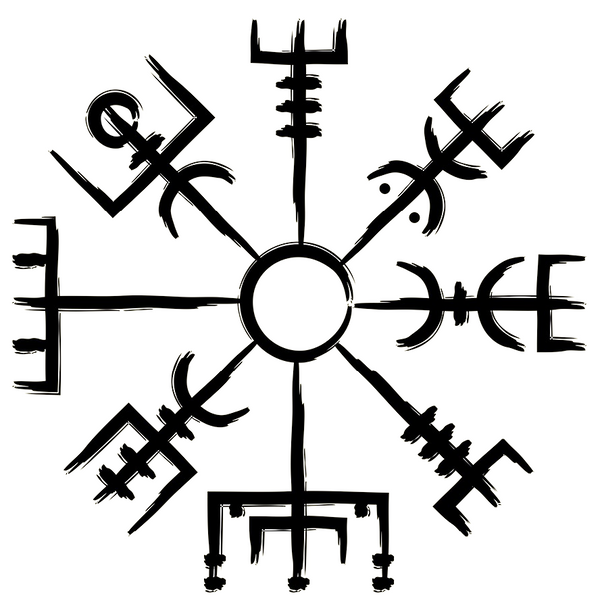
Yggdrasil is a concept in the ancient iconography of many cultures, possibly even further back than the Mesopotamians. Known as the World Tree, Tree of Life, the Tree of Knowledge of good and evil, Gaokerena, Kalpavriksha, Tree of Immortality, Eitz Chayim, Shatrin and The World on the Turtle's Back, are just a few. Many peoples throughout time have this tree concept without even giving it a name.
In Norse mythology, Yggdrasil is a giant ash tree that represents the tree of life and the center of the universe. Its branches reach into the heavens, and its roots extend to three locations: the heavens, the spring Hvergelmir, and the well Mímisbrunnr. Yggdrasil is central to Norse mythology and is featured in the Poetic Edda and Snorri Sturluson's 13th century Prose Edda.
• Worlds:
Yggdrasil contains all nine worlds of Norse cosmology, including Asgard (the gods' realm), Midgard (humanity's world), and Vanaheim (the Vanir gods' fertile land).
• Creatures:
The tree is home to various creatures, including the squirrel Ratatoskr, the eagle Hræsvelgr, and the serpent Níðhöggr who chews on a root.
• Significance:
The gods gather daily at Yggdrasil, and Odin once hanged himself from it to gain knowledge. After Ragnarök, the final war of the gods,Yggdrasil is said to be the source of new life.
• Symbolism:
Yggdrasil is associated with both life and death. It's watered from the healing Well of Urðr, and the dew from its leaves feeds bees and creates honeydew.
• Pronunciation:
Yggdrasil is pronounced "IG-drah-sill".

